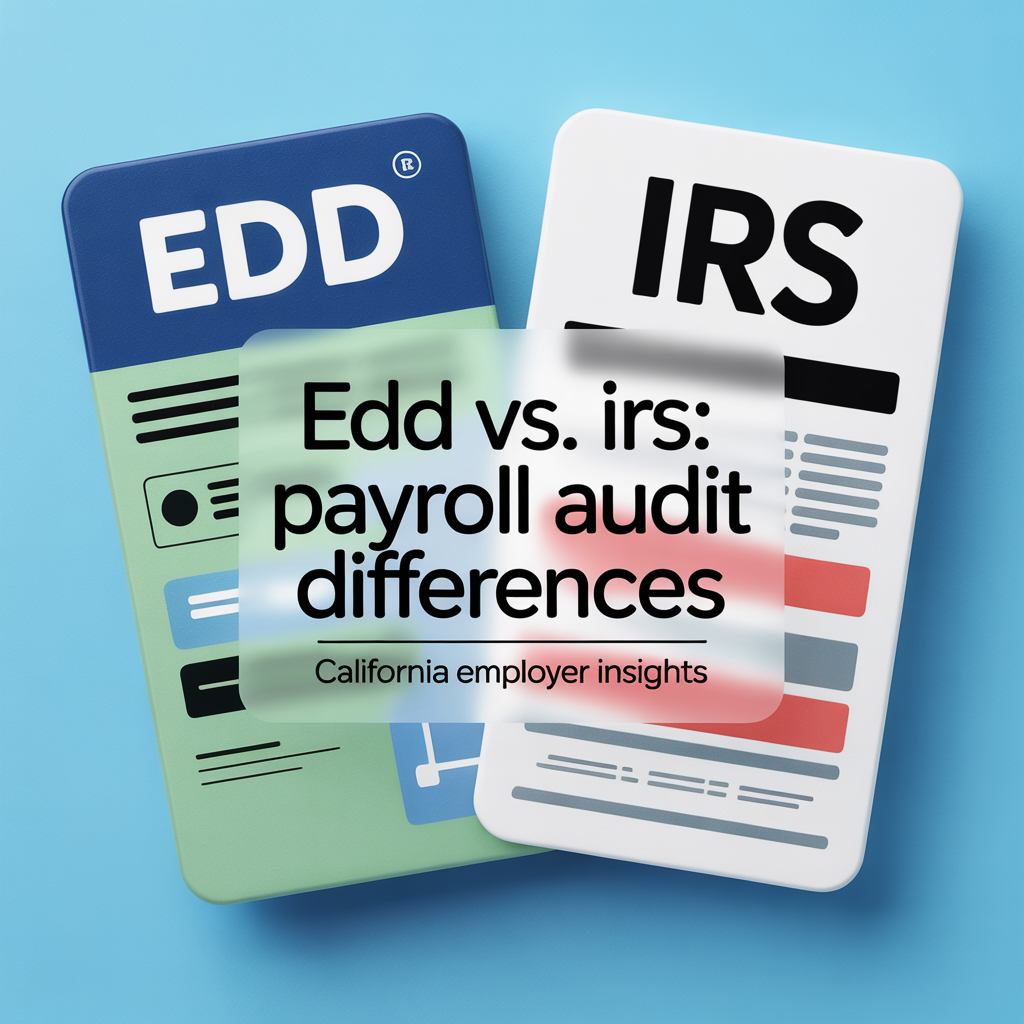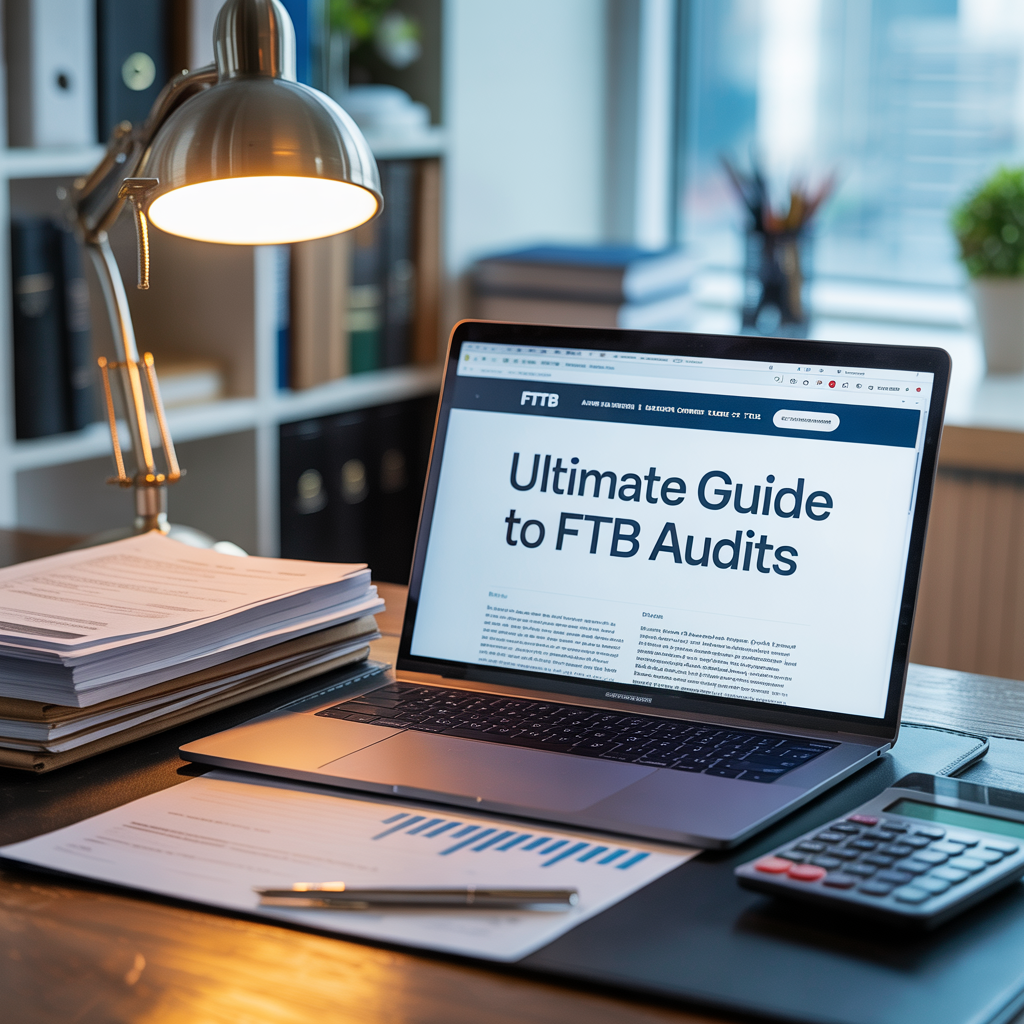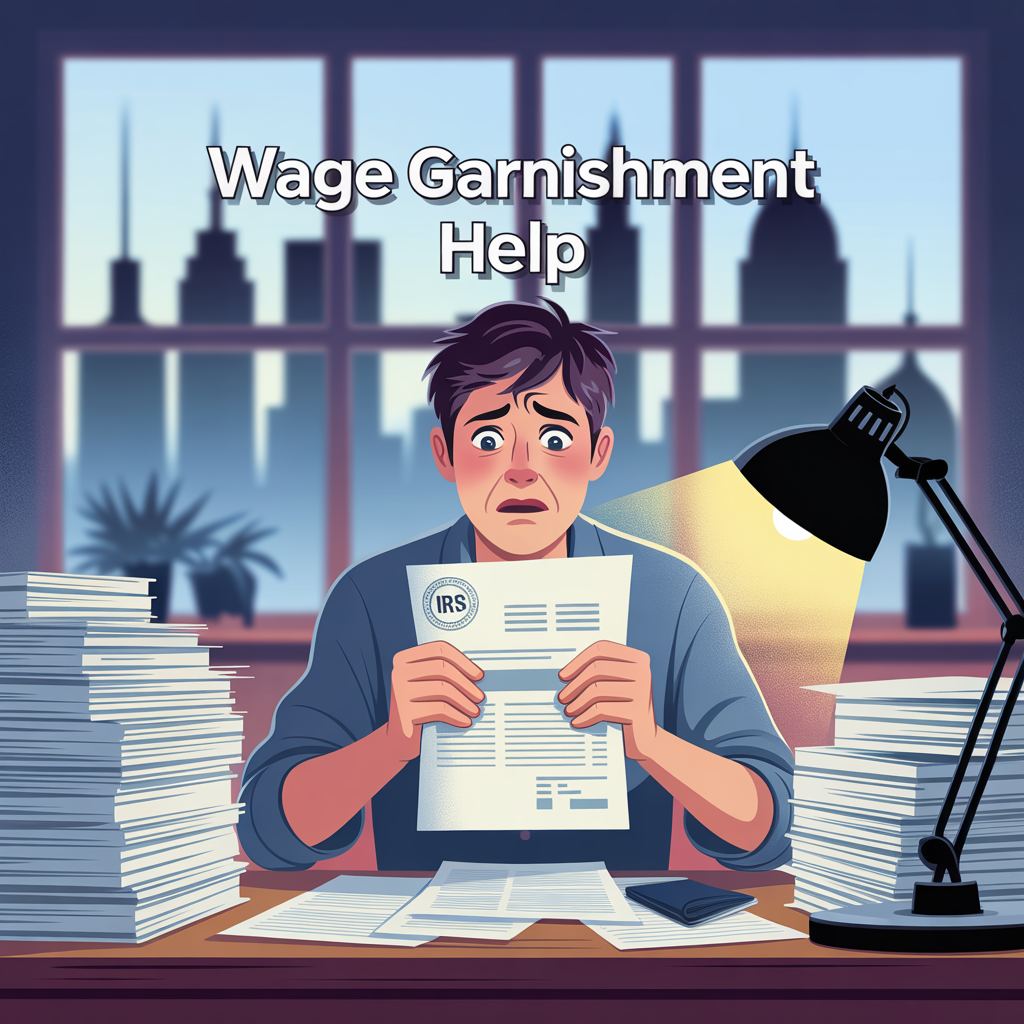How to File a Wrongful Levy Claim with the IRS (Step-by-Step Guide)

The IRS Took Money It Shouldn’t Have? Here’s How to Get It Back
Whether you’re a business owner, a spouse on a joint account, or a fiduciary managing client funds, it’s possible to feel like IRS levied me by mistake.
If this happened to you, you may be entitled to a refund or reversal—but only if you file a formal wrongful levy claim under IRC §6343.
This step-by-step guide explains how the IRS wrongful levy process works, what forms to use, and what documentation you’ll need to recover what was wrongfully taken.
What Is a Wrongful Levy?
A wrongful levy occurs when the IRS levies:
- Funds that belong to a
third party
- Money in a
joint account owned by someone who doesn’t owe the debt
- Property from someone who is
not legally liable for the tax
- Assets after the
statute of limitations (CSED) has expired
Related:
IRS Levied Me by Mistake – What to Do If You Were Wrongfully Targeted
Who Can File a Wrongful Levy Claim?
- Non-liable spouses
- Business partners
- Employers or clients paying a levied vendor
- Attorneys with levied IOLTA or trust accounts
- Individuals whose bank accounts or wages were levied in error
Step-by-Step: How to File a Wrongful Levy Claim
Step 1: Identify the Levy Type and Timeline
You typically have 2 years from the date of the levy to file a claim under IRC §6343(b). Start by:
- Gathering the
IRS bank account levy in California (Form 668-A or 668-W)
- Verifying the
levy date
- Determining who the IRS targeted and who the assets actually belong to
Step 2: Prepare Your Written Claim
There’s no official IRS form for this. You’ll need to send a signed letter to the IRS Advisory Office that includes:
- Your full name and contact info
- The taxpayer’s name and SSN or EIN (if different)
- The date of the levy
- The type of property levied (e.g., bank account, wages)
- An explanation of why the levy was wrongful
Documentation showing your
ownership of the funds or property
Step 3: Include Supporting Documentation
Examples of helpful evidence:
- Bank statements showing who deposited the funds
- Pay stubs, invoices, or ledgers showing the income source
- Title documents (for vehicles or real estate)
- Trust account ledgers or client files
- Court orders (e.g., divorce decrees, prenuptial agreements)
Related:
IRS Levied My Joint Account – What If the Money Isn’t Mine?
Step 4: Send Your Claim to the Correct IRS Office
Send your claim to:
IRS Advisory Group
Use the IRS directory to locate the right regional office.
Include your name, tax ID, and a copy of the levy notice with your letter.
Step 5: Follow Up and Be Persistent
It may take 30 to 90+ days to receive a response. During that time, you may:
- Be contacted for more documentation
- Receive a partial or full refund
- Be denied and offered appeal rights
Related:
IRS Collection Appeals Program (CAP) vs CDP Hearings – What’s the Difference?
We Help Orange County Taxpayers File and Win Wrongful Levy Claims
At Boulanger CPA and Consulting PC, we:
- Investigate improper or mistaken levies
- Prepare full wrongful levy claim packages
- Respond to IRS Advisory inquiries
- Recover funds and stop future enforcement
📞 Call (657) 218-5700 or request help at www.orangecounty.cpa
Frequently Asked Questions
What is a wrongful levy claim?
A wrongful levy claim is when you request the IRS to release or return money or property they levied that legally belongs to someone else.
Who can file a wrongful levy claim?
Any third party—such as a spouse, business partner, or co-owner—whose property was wrongly taken by the IRS can file a claim.
What is the deadline to file a wrongful levy claim?
You generally have 9 months from the date of the levy to file a claim with the IRS. Extensions may apply if a request for return is first submitted.
How do I file a wrongful levy claim?
Submit Form 8546 (Claim for Reimbursement of Bank Charges) or a written request with supporting documents proving ownership to the IRS Advisory Group handling the levy.
Can levied property be returned?
Yes. If the IRS determines the levy was wrongful, they may release the levy and return the property or funds, provided it hasn’t already been sold.
What if the IRS denies my claim?
You may appeal through the IRS Appeals Office or file a wrongful levy lawsuit in U.S. District Court within the 9-month period.
Does California have wrongful levy procedures?
Yes. The Franchise Tax Board (FTB) has similar processes for disputing wrongful levies at the state level, though deadlines may differ.
Should I get professional help for a wrongful levy claim?
Yes. Professional representation increases your chances of success by ensuring proper documentation and timely filings.
📣 About the Author
Marc Boulanger, CPA is the founder of Boulanger CPA and Consulting PC, a boutique tax resolution firm based in Orange County, California and trusted by high-income individuals and business owners across Southern California.
He is the author of Defend What’s Yours: A California Taxpayer’s Guide to Beating the IRS and FTB at Their Own Game, available now on Amazon. The book offers a step-by-step plan for resolving IRS and FTB tax debt without losing your business, your home, or your peace of mind.
With over a decade of experience resolving high-stakes IRS and State tax matters, Marc brings strategic insight to complex cases involving wage garnishments, bank levies, unfiled returns, and six-figure tax debts. He is known for helping clients reduce or eliminate tax liabilities through expertly negotiated settlements and compliance plans.
Marc is a Certified Public Accountant licensed in California and Oklahoma and holds the designation of Certified Tax Representation Consultant. He is a member of the American Society of Tax Problem Solvers (ASTPS) — the national organization founded by the educators and practitioners who have trained thousands of CPAs, EAs, and tax attorneys in IRS representation strategy.
Every case is handled with discretion, proven methodology, and direct CPA-led representation — not call center scripts.
📍 Learn more at www.orangecounty.cpa or call (657) 218-5700.










